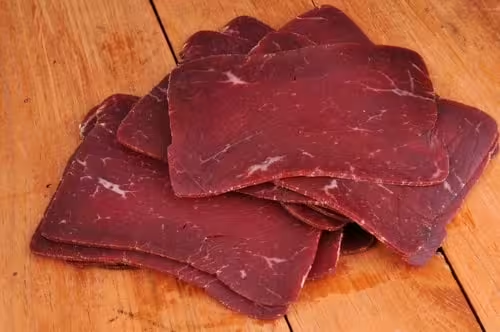There are many wines that go well with beef because of their richness and their complexity. Here are a few; -Bordeaux wines: Bordeaux wines, such as Médoc, Pauillac, Saint-Estèphe, Saint-Julien and Pomerol, are often considered ideal accompaniments for beef because of their complexity and their tannicity. - Burgundy wines: the red wines of Burgundy, such as the Gevrey-Chambertin, the Chablis and the Pommard, have aromas of red fruits and finely melted tannins which agree perfectly with beef. -Côtes du Rhône wines: Rhône Côtes de du Rhône wines, such as Côtes-du-Rhône, Châteauneuf-du-Pape and Gigondas, have aromas of red fruit and firm tannins that go well with beef. - Napa Valley wines: Napa Valley's red wines, such as Cabernet Sauvignon, Merlot and Zinfandel, have aromas of red fruit and firm tannins that agree well with beef.
